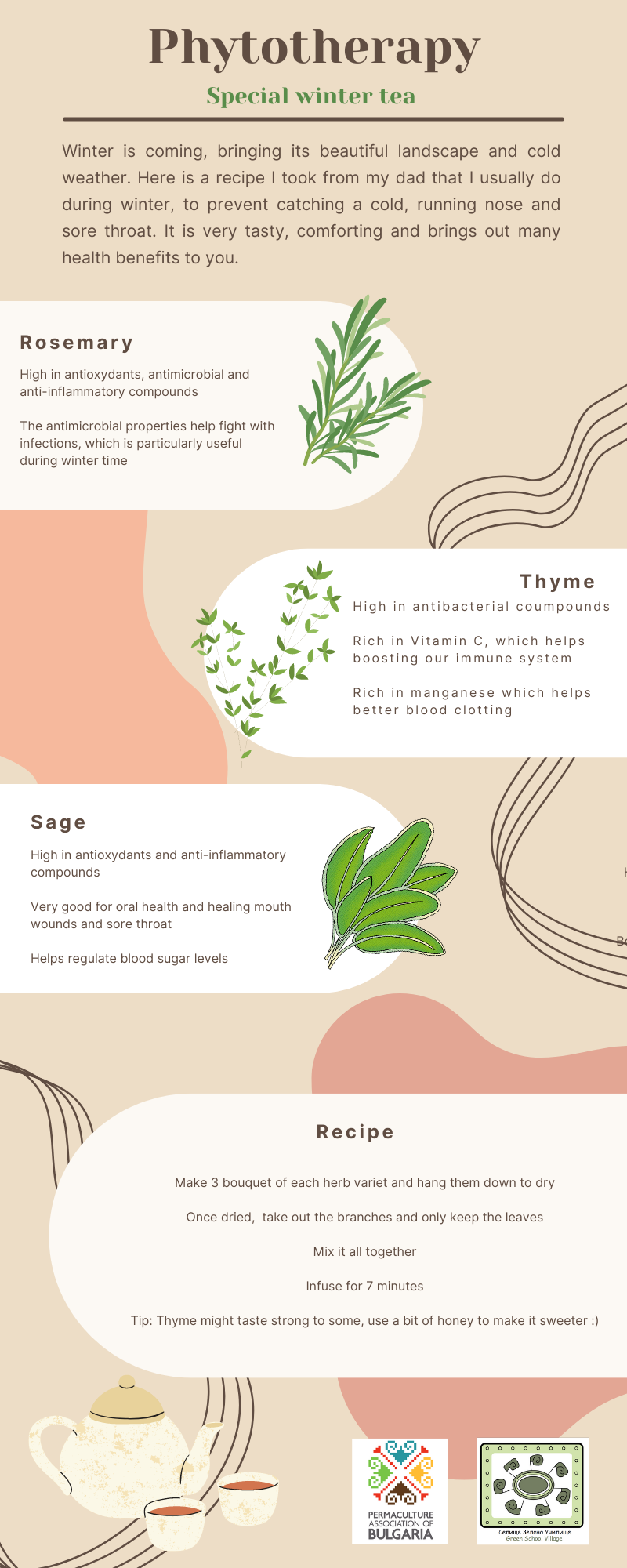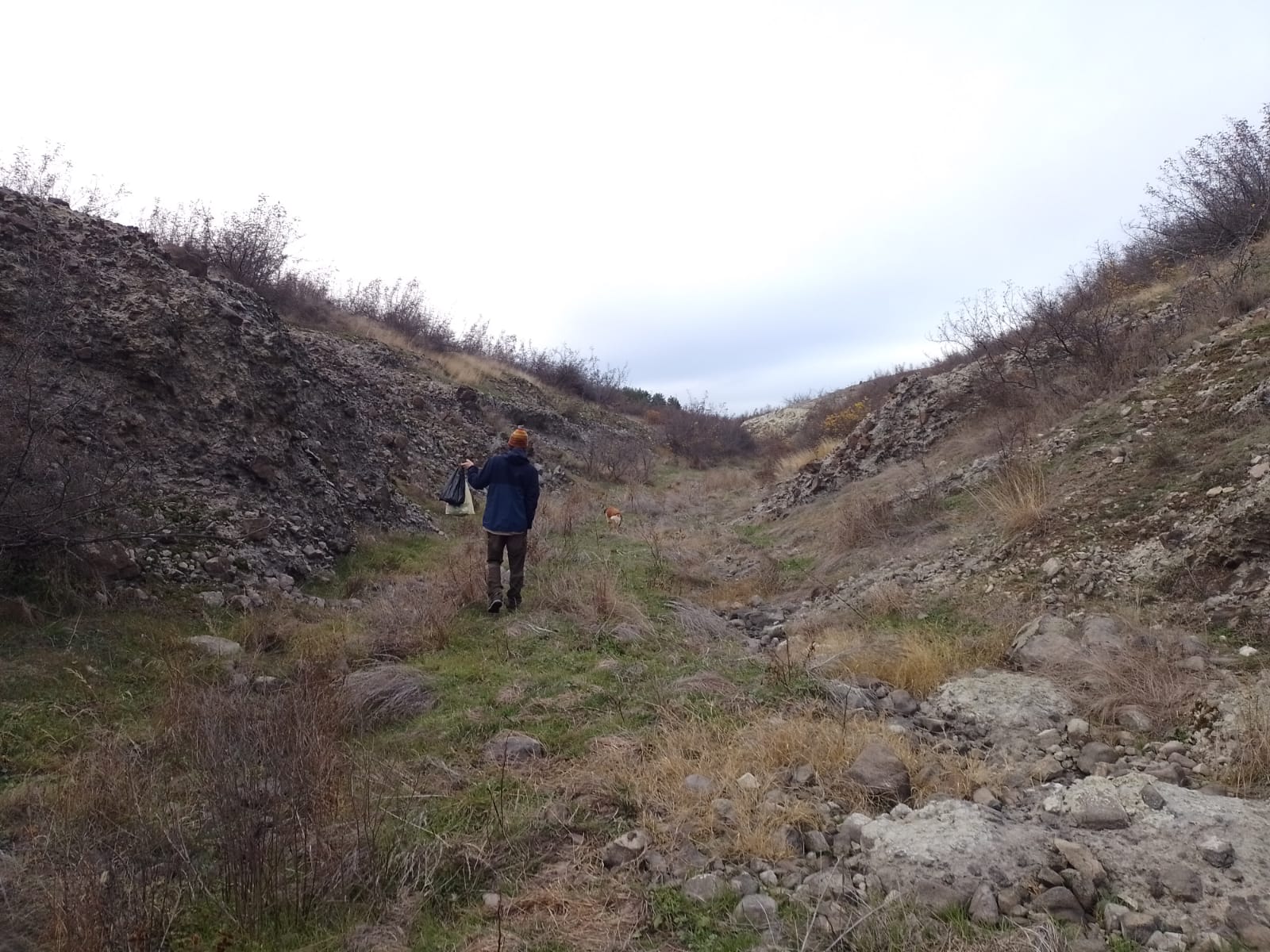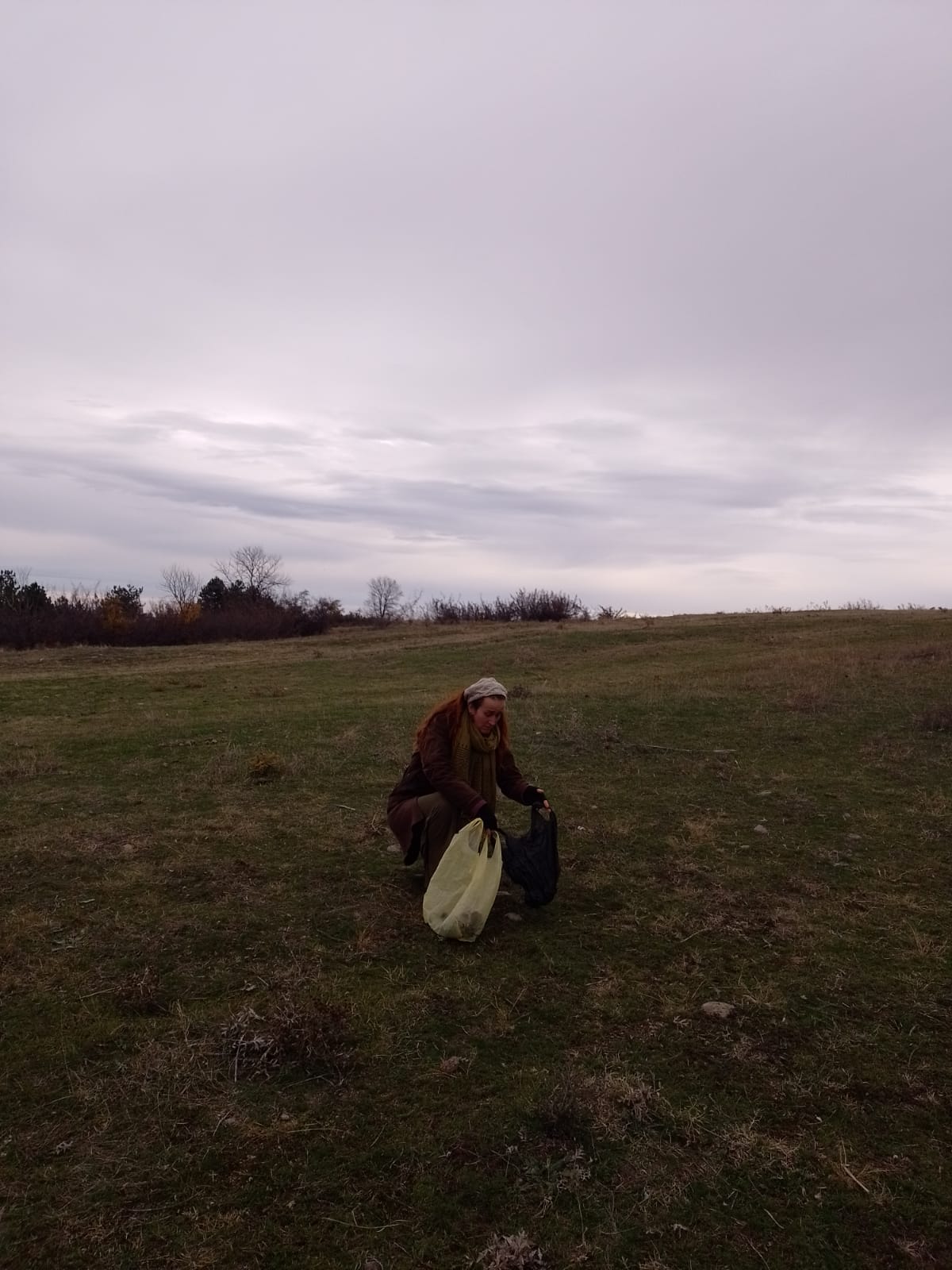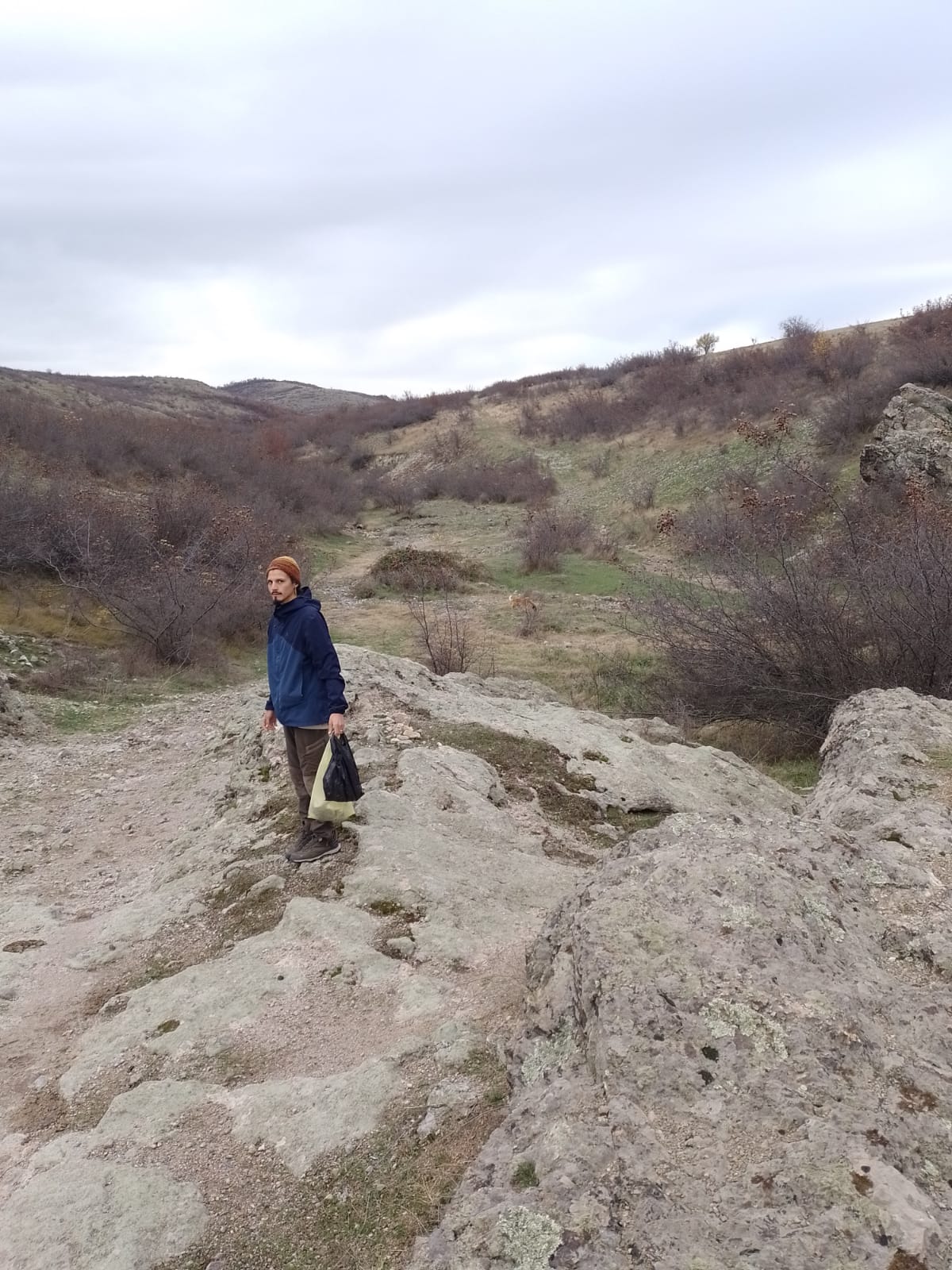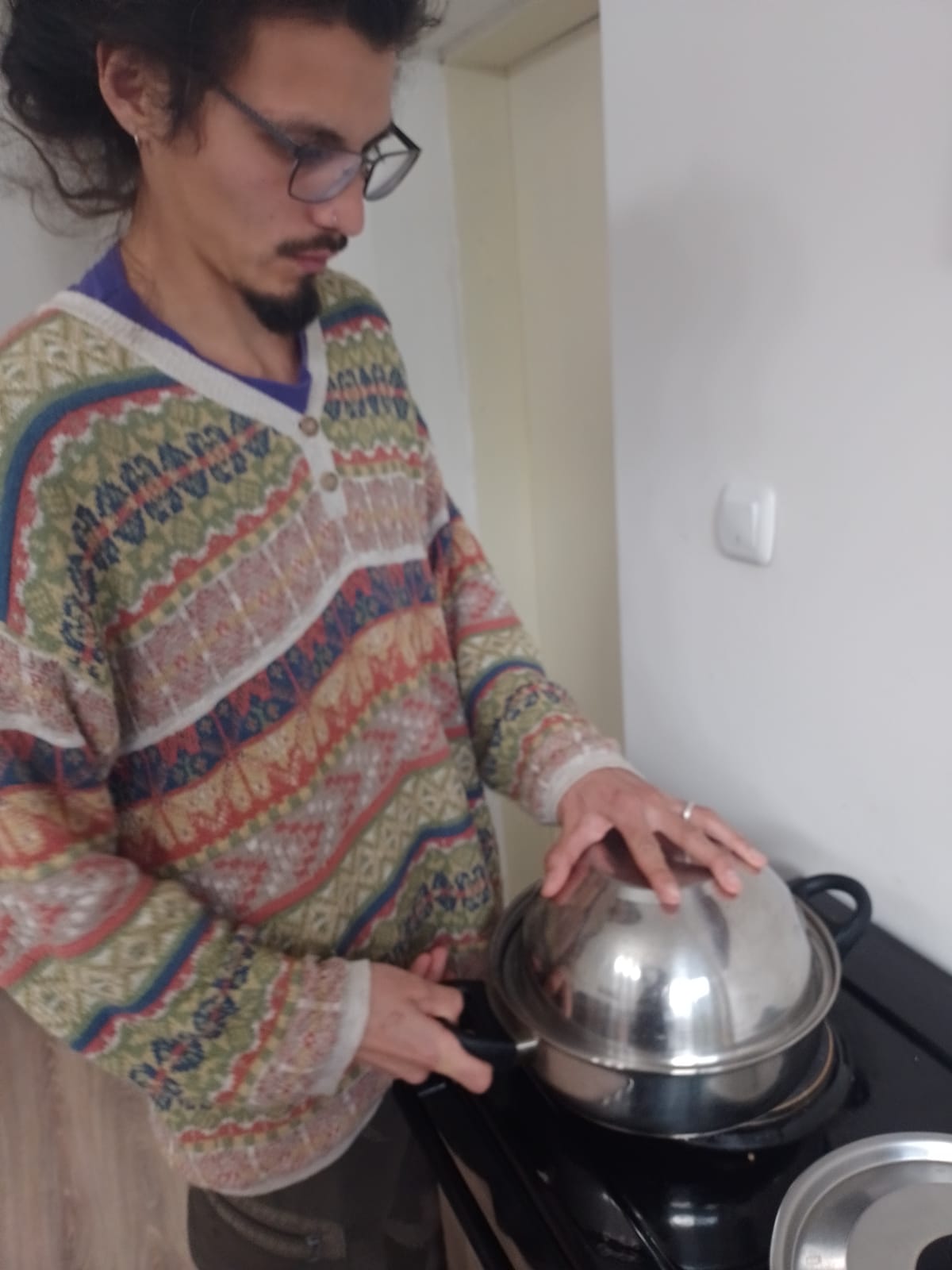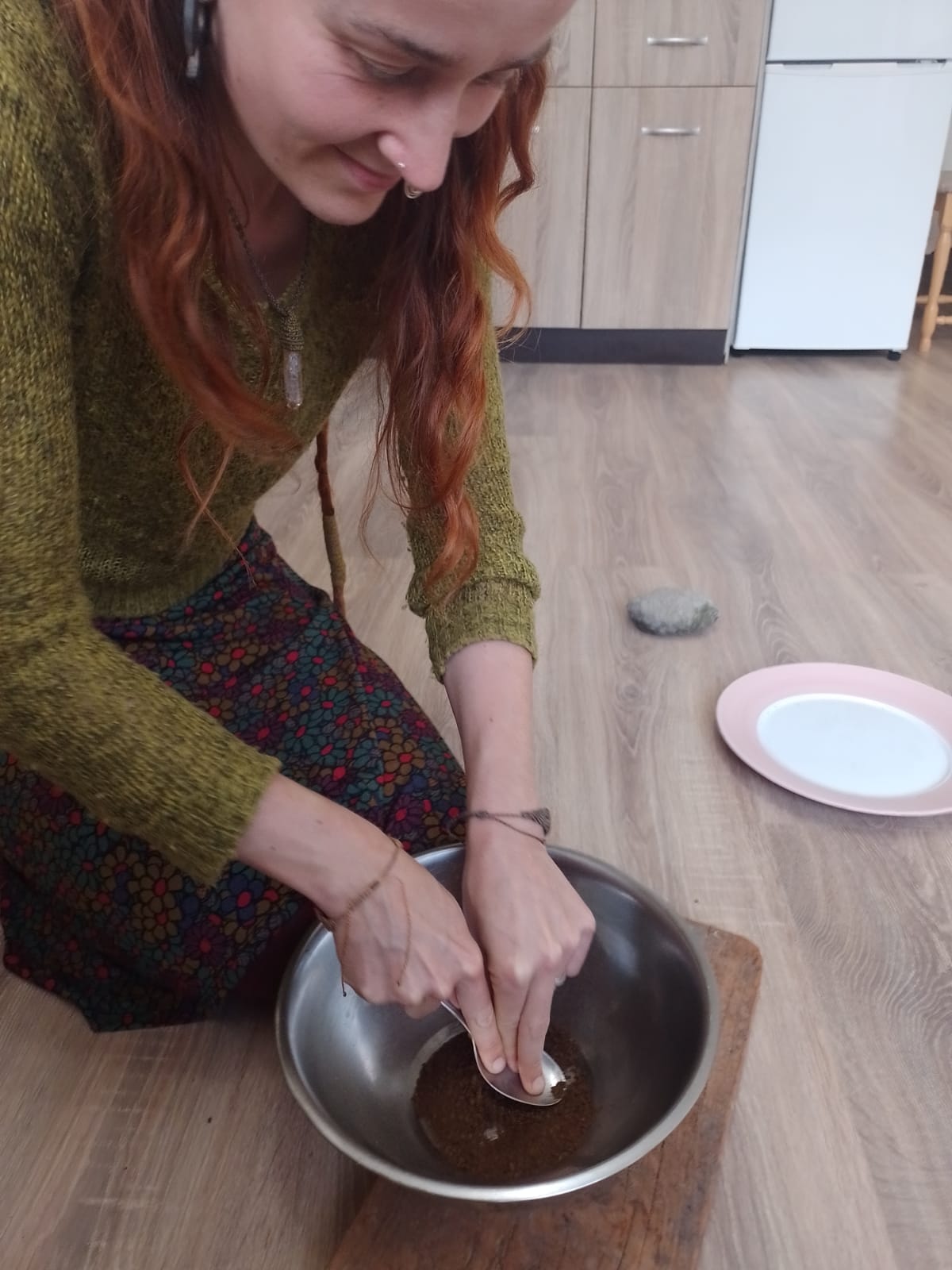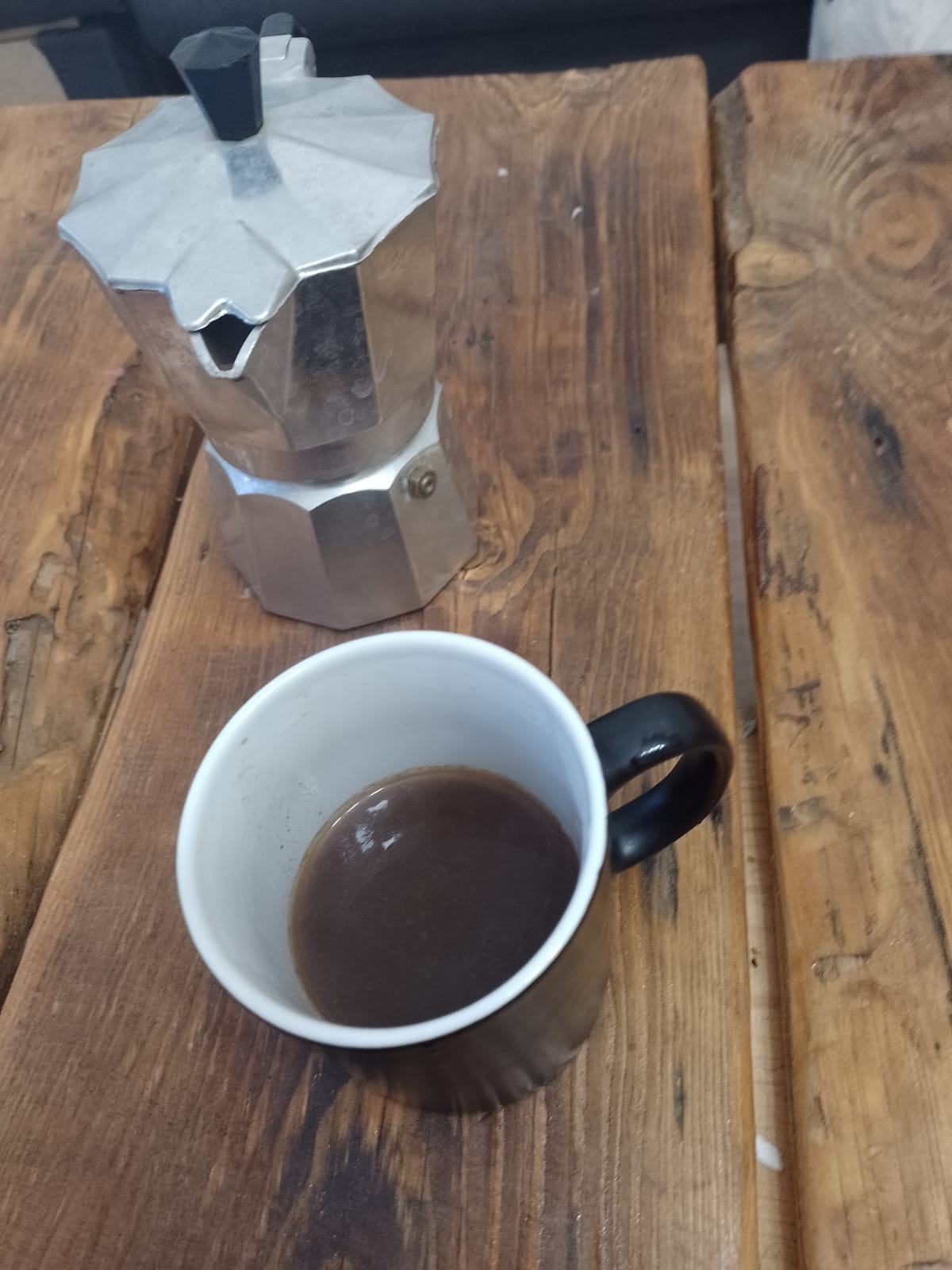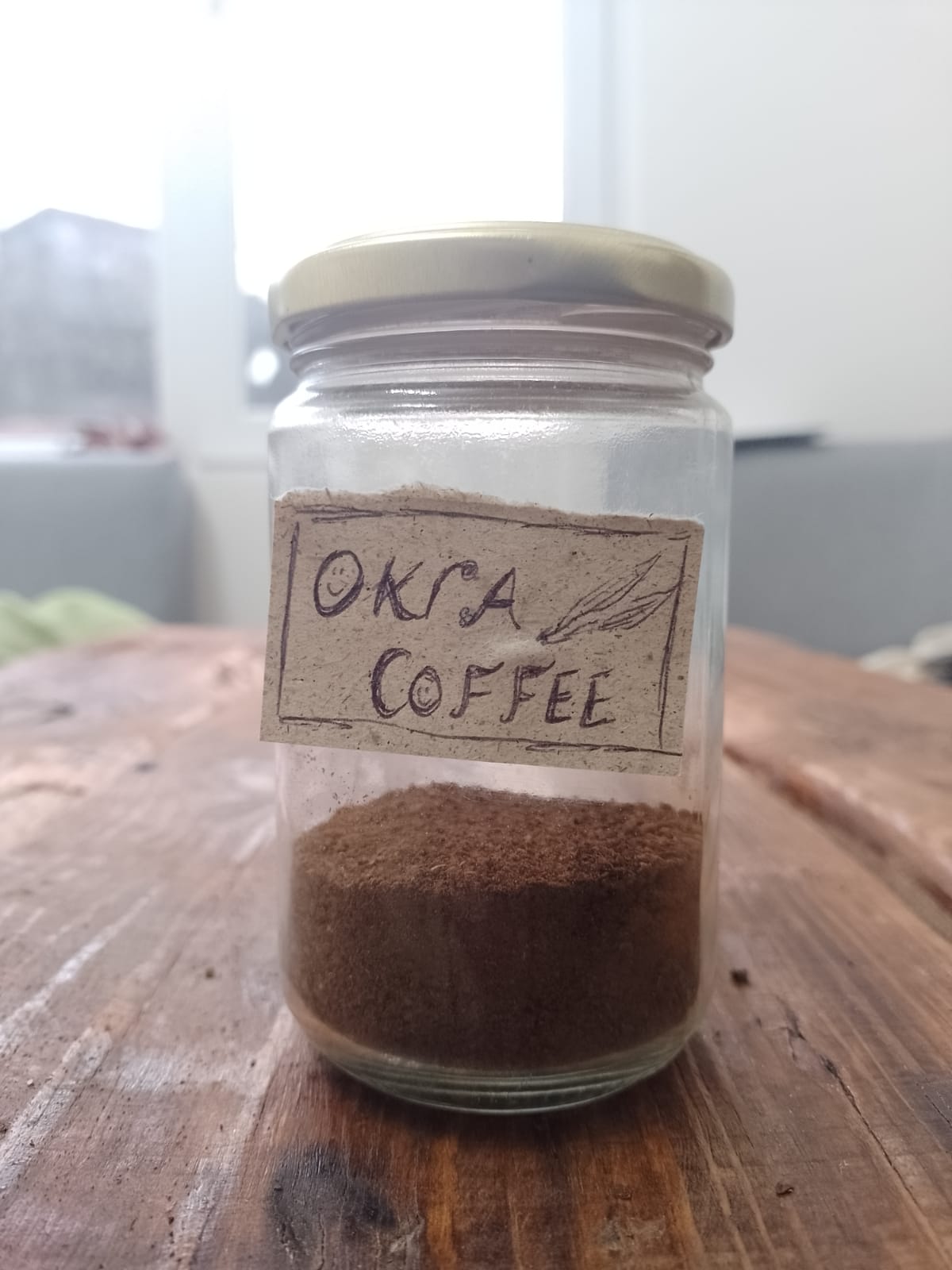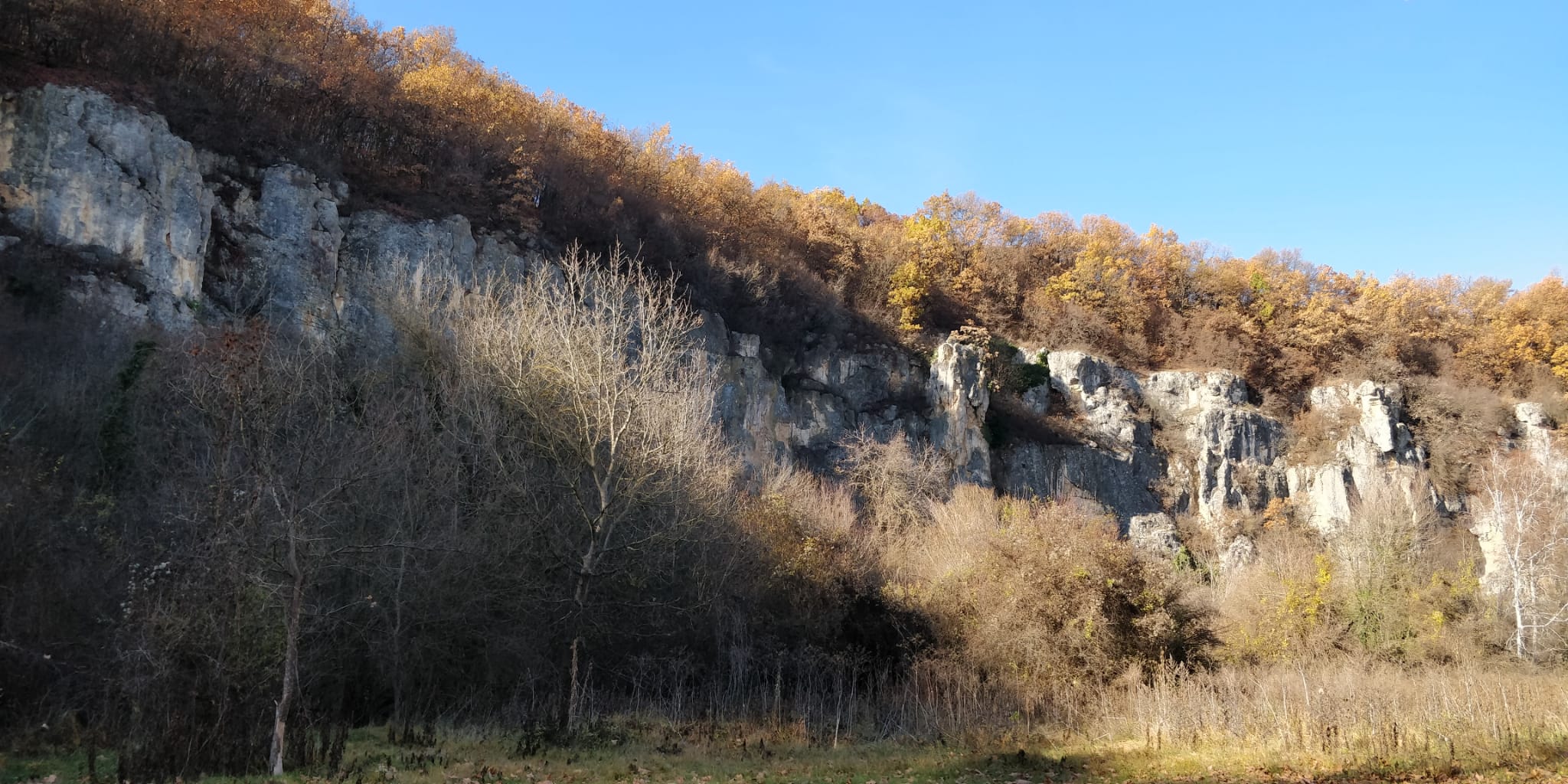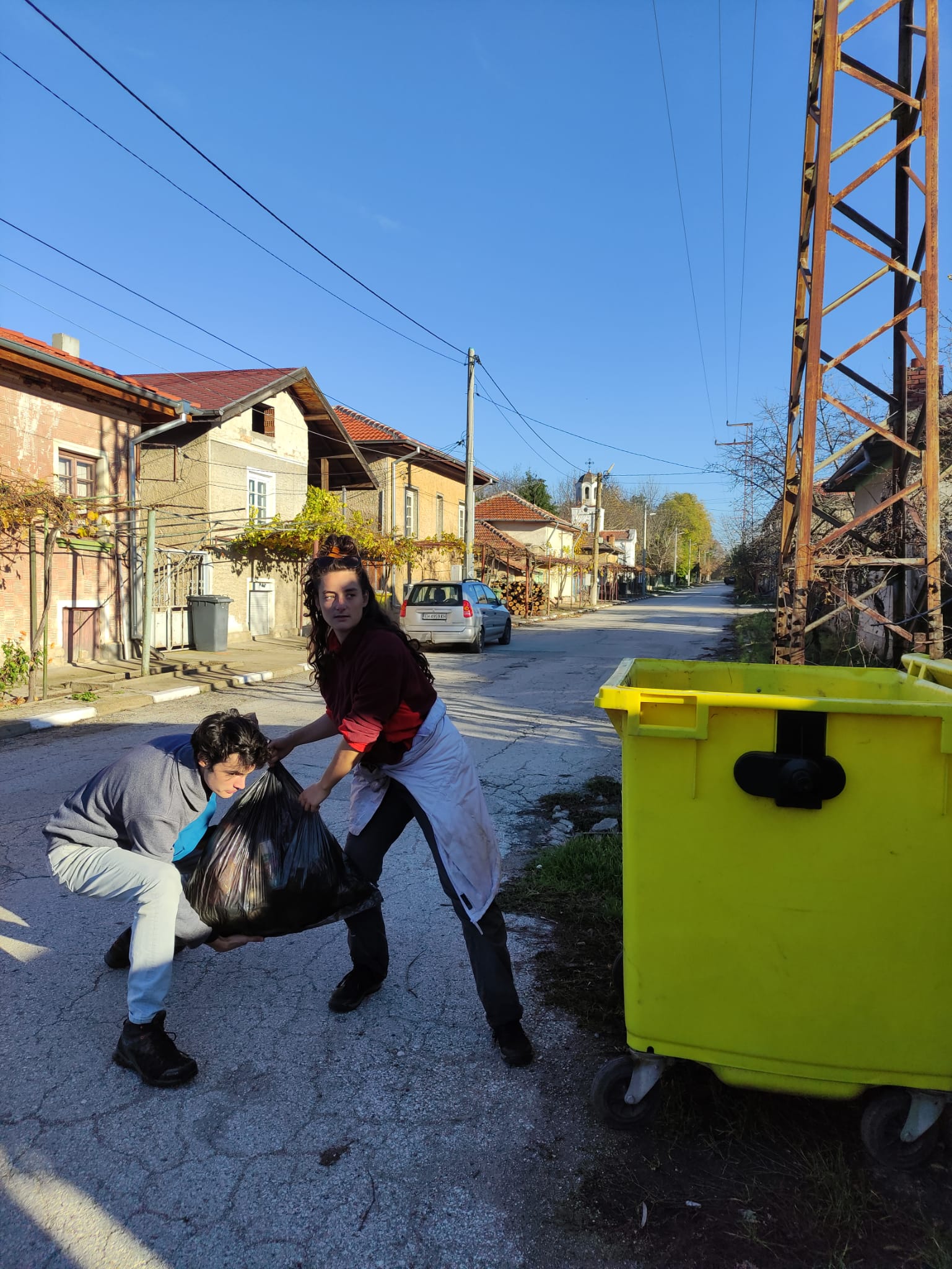Chloé:
Today, I am really happy to present to you the first phytotherapy poster I created. This week’s topic is special winter tea, that is my dad’s winter recipe. He always dries a huge amount of the herbs mentioned below in order to last troughout winter. Here it is 🙂
Renzo:
Hello to all readers,
I had a strong week in which I was sick, on some days without being able to do anything and the others recovering, even so I was able to enjoy a walk, trying to change the air to see how I felt, it was beautiful to know a little bit on the outskirts of town. Together with Mali we were getting to know and while we were walking we were collecting garbage. We discovered some specific spots where people have been throwing their waste for a long time, which is so sad to see since the nature of the place is beautiful and it is not at all healthy for our health. In other parts of the place it is noticeable that only the shepherd passes by with his sheep and the spaces looked mostly clean.
Cleaning the nature path from trash (photos: Mali Boomkens and Renzo Avendaño)
Another thing that we were doing was the creation of teaching materials. Here are the two we made together in PDF:
Enjoy! 🙂
Ciao,
Renzo
Mali
Hi all,
Last week was a more indoor experience, with most hours spent behind the computer. Working on teaching materials alone and together with Renzo, of which I will share with you the one I designed myself on the topic of closing the loops of your system. It is a session that includes learning how to use the input and output analysis tool, for when you are already ahead in your designing process, that helps you to see how you can connect inputs and outputs of different components in your system avoiding any waste or inputs from outside your system. Another tool that this workshop introduces is the Element card game. A fun exercise that I learned about the first time in my first (online) permaculture design course in 2020, that helps to awaken the creative and out-of-the-box-thinking mind. Hope you’ll enjoy checking out this workshop and that it may be useful to other facilitators in the future!
Here it is: Closing all the loops of your system_Mali
Besides that, we decided it was time to do our little alternative coffee experiment with the okra seeds. So as the first step we needed to roast the seeds in a dry steel pan and constantly shake them so they wouldn’t get too hot on one side. We were with our heads above the pan and were amazed about the delicious smells that crawled up into our noses.
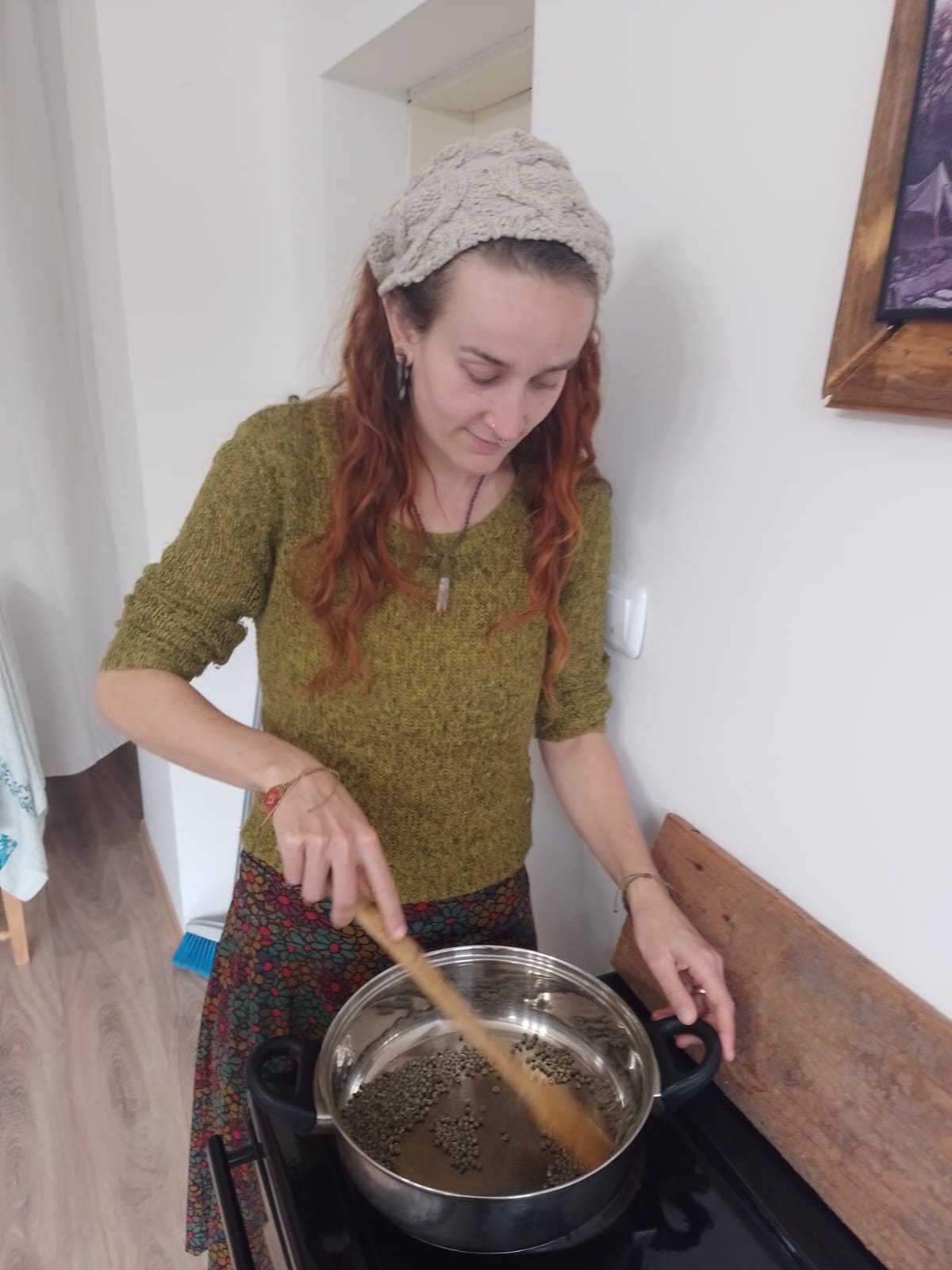
Roasting time (credits: Renzo Avendaño) and letting ’em pop! (credits: Mali Boomkens)
Once the seeds started to pop, just like popcorn, we quickly covered the pan with a lid and continued shaking. When the popping sounds started to diminish, we decided to check, just in time for the seeds to start getting burned. Their colour had turned into warm, coffee bean-like golden brown. After letting the seeds cool down a bit, we invented our own way of crushing the seeds, as we lacked some fancy bean grinder.
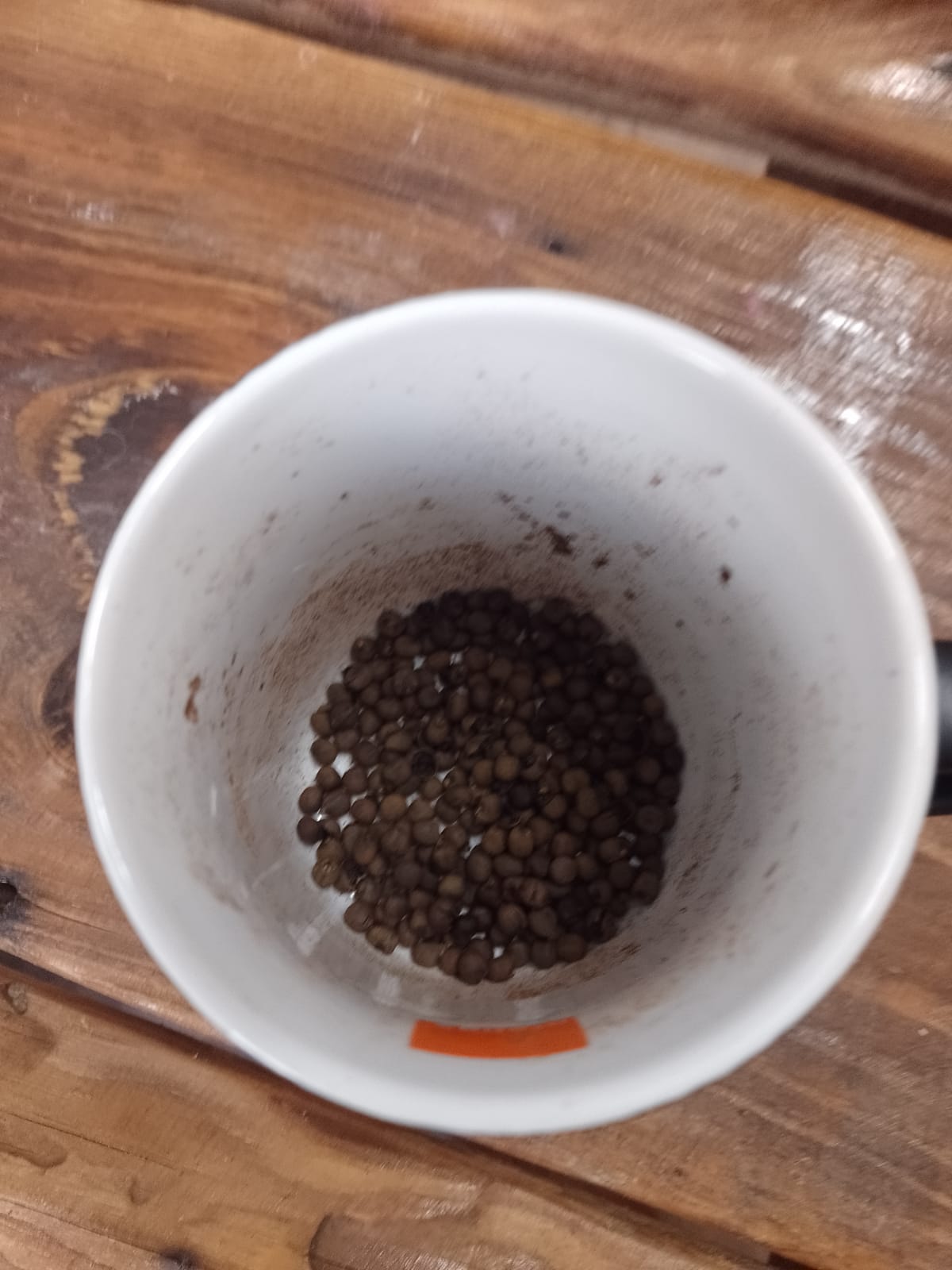
Ready for crushing in the coffee cup and for a final crush in a big bowl (photo credits: Renzo Avendaño)
With a glass inside a cup me managed to get them a bit smaller and after that with a spoon inside a big bowl got them as fine as coffee powder. Last and most fun step of course was to TASTE! We decided to use the Italian espresso maker to prepare this precious powder.
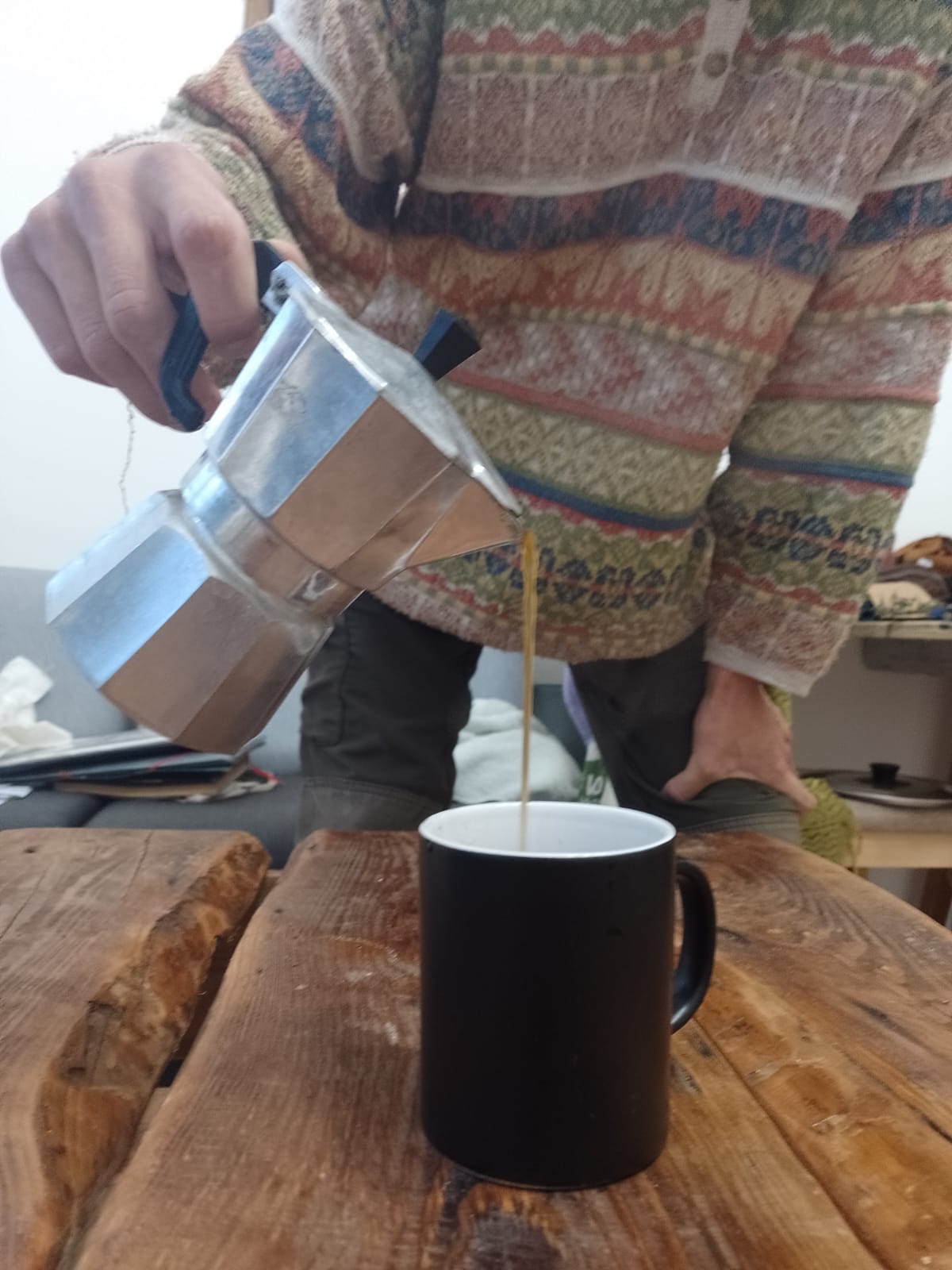
Ready to drink! (photo credits: Mali Boomkens)
When drinking my first sip, I tried not to think of drinking coffee, as the taste is really different. After some sips, I decided that I really like this alternative, it has something nutty to it and just a soft, pleasant taste. Next time I would probably roast the seeds a little shorter, but other than that, they’ve passed our test for sure!
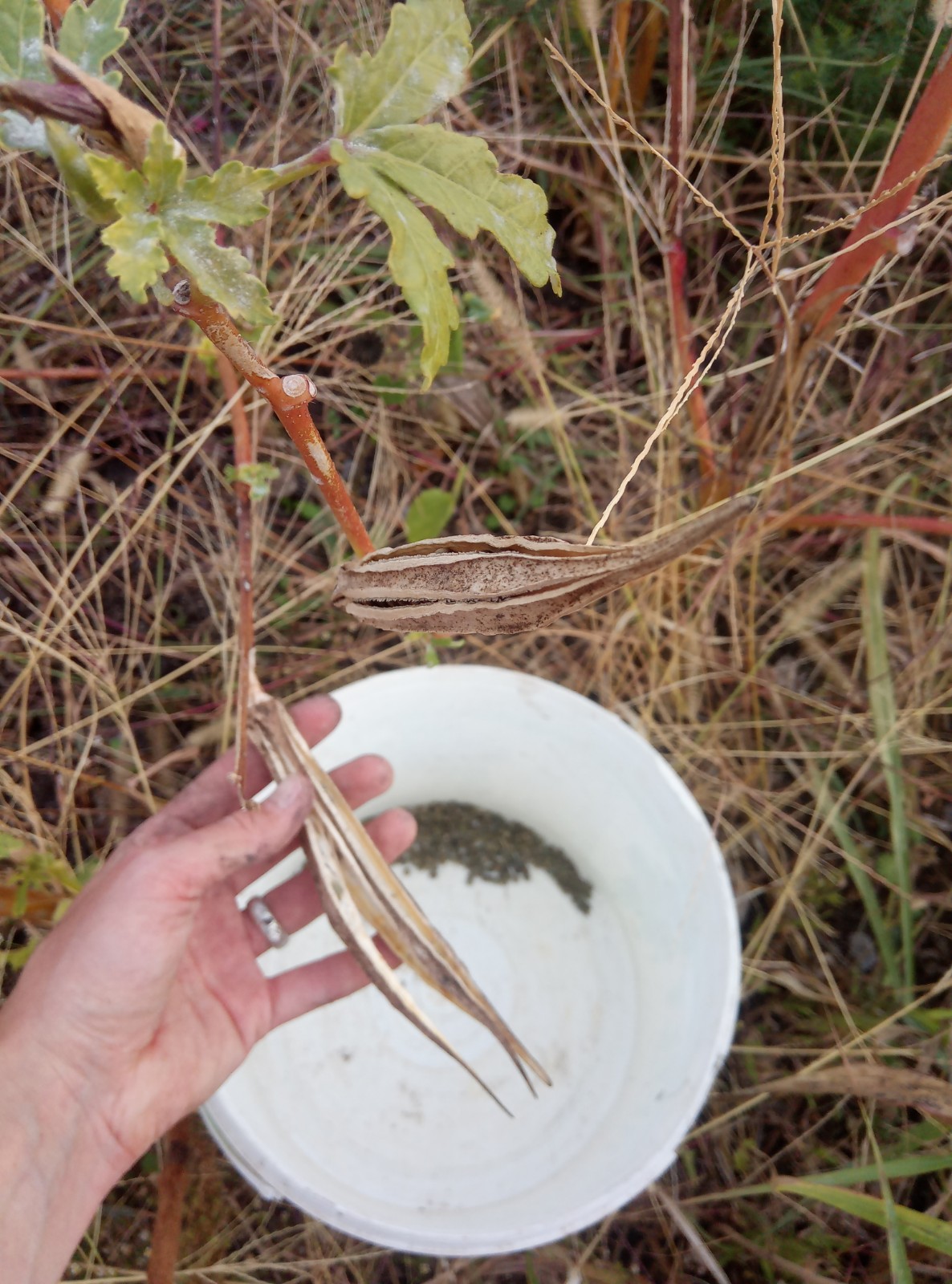
From Okra seed to Okra coffee! (photo credit: Mali Boomkens)
See you next week 🙂
Mali
François
Hello everyone!
Last weekend in Todorovo we went to the Chernelka ecopath, near Gortalovo. The hike itself was following the river Chernelka and was wonderful! However, it was very dirty and we collected a lot (too much) trash… So, friendly reminder: please always collect your trash when you’re in nature 🙂
The wonderful canyon (photo credit: François Dupé)
This is what happens to polluters (photo credit: Paula Ochoa Sanchez)
This week, I am also uploading my very first PDC teaching material, which is about “Non-Violent Communication”. This is an ideal opportunity to make a short introduction to social permaculture.
When we think about permaculture, we often limit it to growing food, gardening, etc. But you shouldn’t forget that permaculture is also a holistic approach, a science of systems. Thus, we should not only take care of the plants and the soil, but also of the ones that take care of them (and who will, eventually, eat what they’ve been producing): humans! Furthermore, as permaculture is often linked with living in a community (like an eco-village), we can analyze and treat human relations like being part of an ecosystem and use some of the permaculture principles like Observe and interact, Integrate rather than segregate, or Use and value diversity.
In that context, Non-Violent Communication is used to solve conflicts in the most peaceful way possible – but only works if every involved person is willing to use it. It can be divided in 4 steps like shown below:
1) Observations. What happened? Keep to the tangible facts: “You said/made this”.
2) Feelings. What do you feel? Anger, anxiety, sadness…? Then you can draw a link between your feelings and your observations: “Because you said that/acted like this, I feel sad/angry/anxious”. See how we avoid appeals to motive, and thus more violence.
3) Needs. What do you need for this situation to be solved?
4) Request. Ask the other(s) if they are willing to act in that direction. Which they we will probably be, because you clearly and peacefully explained the situation!
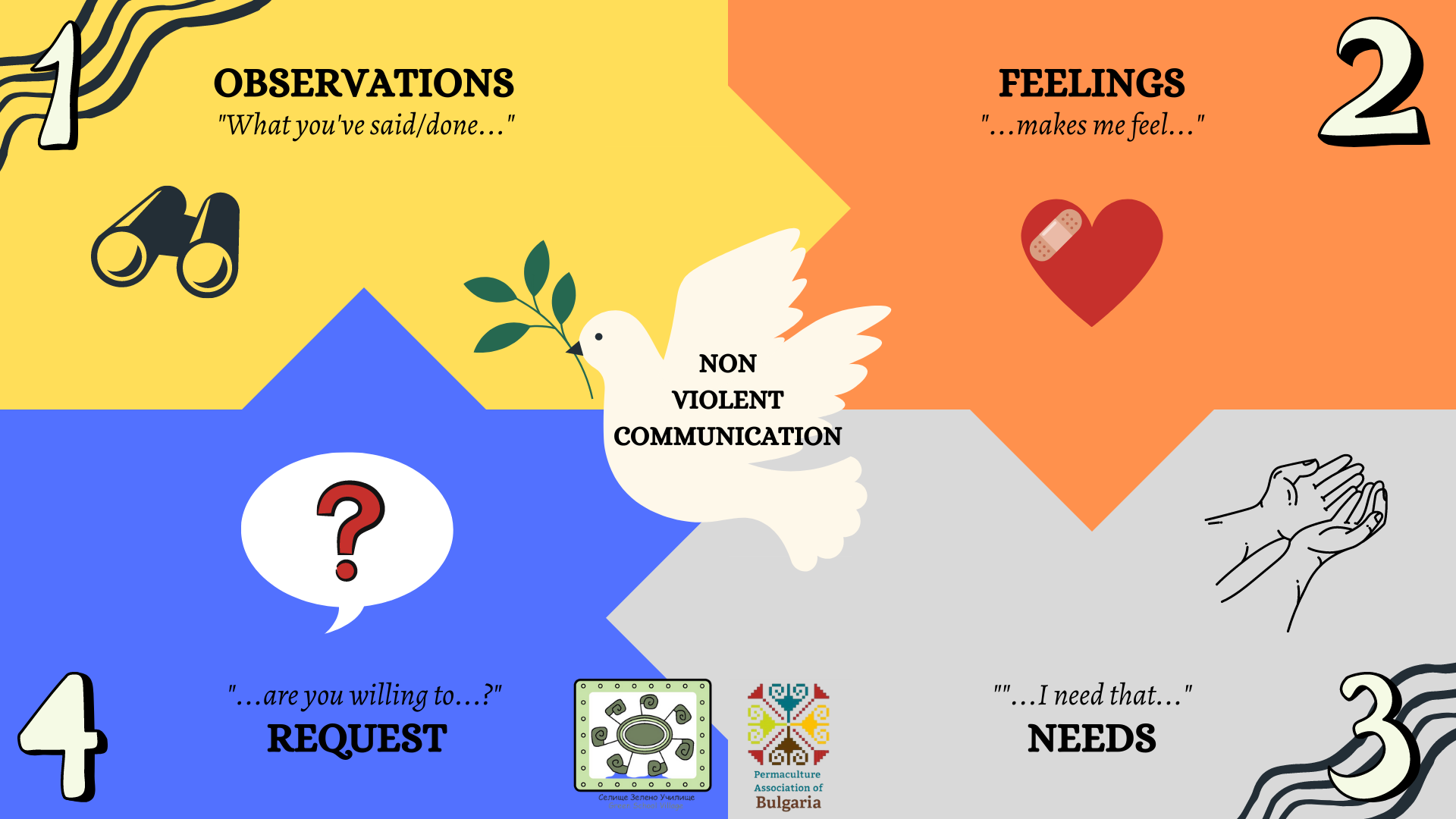
Paula:
Welcome one week more to our blog! Hope you all had a wonderful week. It snowed for the first time this winter in Todorovo so we can say cold has definitely arrived and it is here to stay. Several indoor activities happened this week as we were trying to avoid the rough weather in the garden. And… what best than making homemade candles that can be used as beautiful Christmas presents?
Beehives help with the pollination of our garden and also offer us honey. Beeswax is a by-product from honey production as it is an essential construction material for the honeycombs. Each year beekeepers need to remove old combs from the hive to maintain a healthy and productive colony. These honeycombs can later be transformed into wax blocks thanks to a melting and water-cleaning process.
Honey harvest took place several months ago and with it we got old honeycombs. At Venets we take it seriously when talking about waste so we thought that… there was lots of potential in these honeycombs for candles! We have prepared a short video so you can try this “recipe” at home. Hope you enjoy it!


